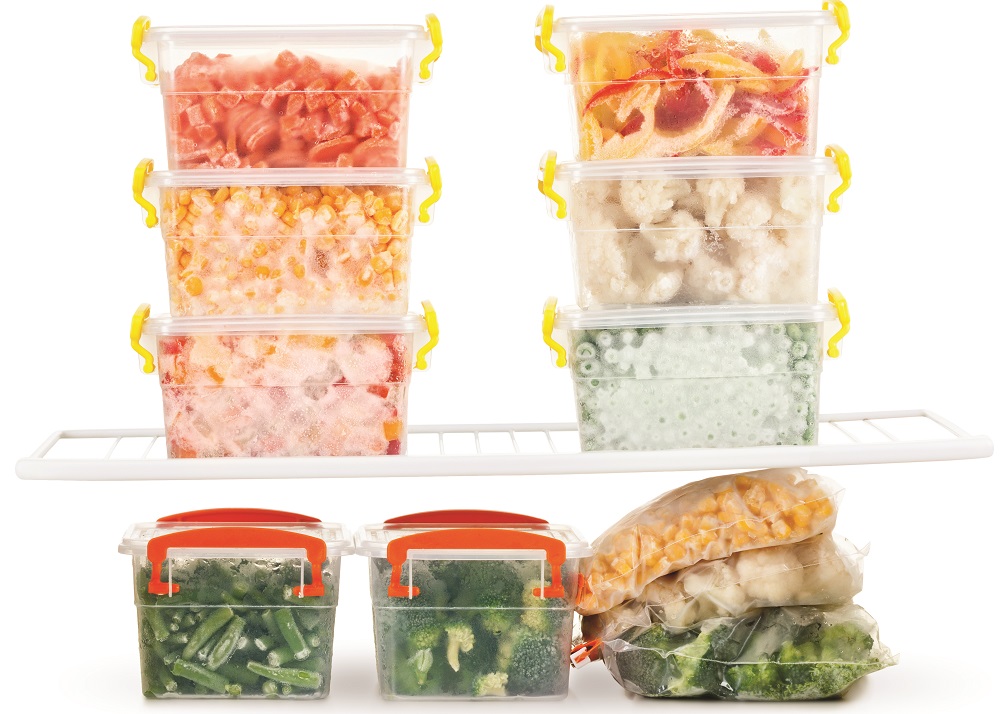UTC, the organiser of the 3rd Cold Chain Summit, calls for a cross-cutting team to launch a global initiative to label the cold chain and recognise the efforts taken by food suppliers to prevent or minimise food loss.

UTC used the 3rd Cold Chain Summit as a platform to propose a cross-cutting team that would spearhead efforts to recognise and label food suppliers for their stewardship in preventing or minimising food loss along the chain. Eric Prieur, Director (Cold Chain Sustainability) at Carrier Transicold & Refrigeration Systems, made the proposal on behalf of UTC, through citing such success stories as US Green Building Council’s LEED (Leadership in Energy and Environmental Design) programme, the Forest Stewardship Council (FSC) and Marine Sustainable Council (MSC).
The best practices would be the use of proper cold chain equipment and their regular maintenance, plus education and training to properly operate the equipment
The LEED programme has spurred global action leading to Green Buildings, which encourage and reward building owners for making their assets water efficient, energy efficient and healthy for occupants. FSC promotes the responsible use of natural wood without depleting forest resources and “ensures that products come from well-managed forests that provide environmental, social and economic benefits”, and MSC promotes responsible and sustainable fishing without depleting the ocean.
Prieur spoke of how the tremendous work done by farmers to prevent food loss remains untold. We want the world to know what happens when you put together the losses without a cold chain and what happens when you introduce a cold chain, he said. “Over 850 companies have signed up for FSC, and over 60% consumers are willing to pay more for the FSC label,” Prieur said, “so if it matches their needs, they will seek out products with such a label [cold chain label].”
The certification and labelling, Prieur said, would add value to the supplier or highlight best practices to the retailer. The best practices would be the use of proper cold chain equipment and their regular maintenance, plus education and training to properly operate the equipment, he said. “We want to come up with something practical,” Prieur said, “first targeting a B2B model (farmer to retailer) and, later, the farmer to consumer.”
[The writer is the Editor of Climate Control Middle East.]
*Carousel image credit: Tooykrub/Shutterstock, Inc.
Copyright © 2006-2025 - CPI Industry. All rights reserved.